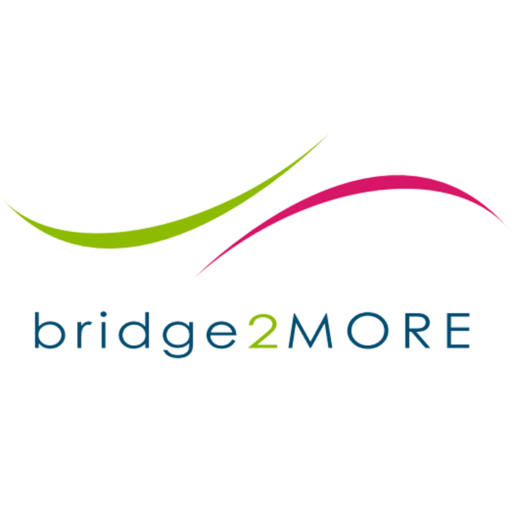As a marketing generalist, I get this question very often.
If you run a search with the words “things a website needs to turn visitors into customers”, you will find a variety of answers. Most of them technical like A/B testing, SEO optimization, spy on mouse clicks, landing pages, sign-ups, calls to action… you name it.
But before you get to the tech stuff, you need to make sure the basics are in place.
The first myth to tear apart is that there is no magic formula or a one-size-fits-all. Each website has a unique audience; that’s why you can’t entirely rely on the experiences of other entrepreneurs.
How do you decide what applies to your website?
Think of your website as your virtual office.
Your site should support you in achieving your business goals.
If people would come to your physical office, how would you manage their visit?
I am sure you would exactly know how to welcome them, answer their questions, make sure they make an educated choice and invite them to take action.
That is precisely what you should make sure happens on every page you create for your website!
#1: Answer actual audience questions in the language they use
If you want people to visit your site and stick around once they find you, provide answer to their pressing problems, and you’ll get your wish.
People run searches because they have unanswered questions. If you’re smart and knowledgeable about your topic, you can help with that.
Hand in hand with answering real audience questions is using your audience’s language.
That brings us to our friend keyword research.
Keyword research means figuring out the language that real human beings enter into search engines to find your stuff. Identify those words and use them.
For example, one of the services I offer is branding. Having the right branding helps you to grow your business, which is the actual concern of my ideal client (branding would be a way to get more clients). So I will be more prone to use “grow your business” than “branding”.
#2: Bear in mind the Search Intent
People search to find information or learn something, locate a specific website or buy something.
Knowing which is the type of search your visitor is carrying out allows you to cater to that need, use the right keywords and optimize your content.
When you understand the intent behind your visitor’s searches, and you optimize your website’s content bearing this in mind, you exponentially increase: traffic to your site, the quality of the prospects, the leads and drive more sales.
#3: Keep your site clean & lean
In many aspects, you can consider your site a “living” thing. When you keep your website updated, add regularly new information that is valuable to your readers, you’ll stay on the radar of the search engines and increase, or preserve, your rankings and last, but not least, give your clients reasons to keep you in mind as they come back to your site.
Make sure visitors feel welcome and that everything on your site is easy to read, watch, or listen to. Give everything a clear call to action, so people know what to do next.
If your site is not responsive, this is, if it does not look and work well on all sorts of devices, you need to take action. Mobile and voice are becoming the way we access the net. If you make it difficult for users to access your content, they will go somewhere else. Same for speed of page download.
—————————————————–
Claudia Schalkx
As the founder of bridge2MORE, Claudia Schalkx helps entrepreneurs learn the ropes of marketing, hone their message and how to talk about their services so that they attract the right clients for their business and increase their profits.
This article was previously published at Cindy Johns
Header photo by Keila Hötzel on Unsplash







